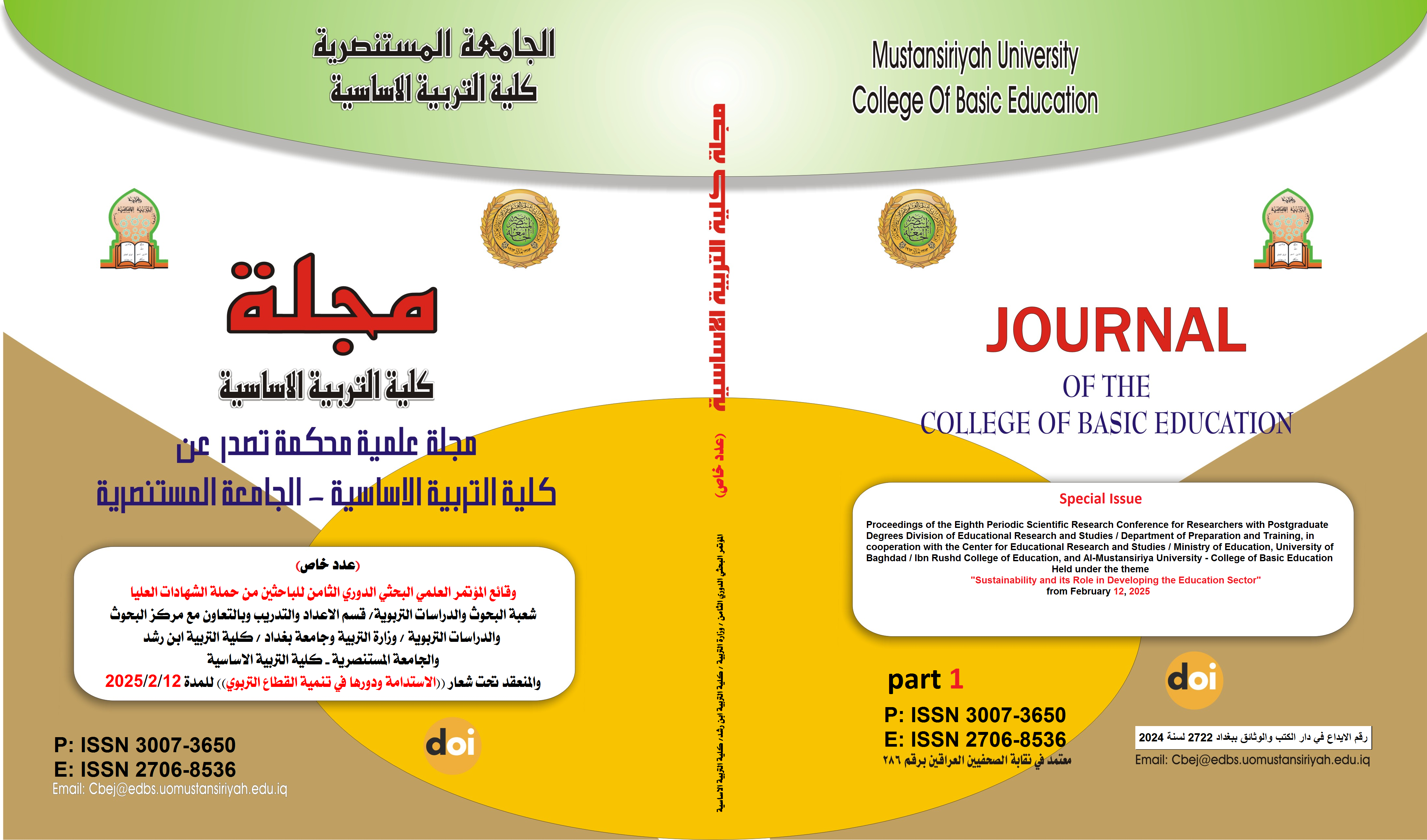Sufi Poets And The Reference Of Qur'an Culture
Main Article Content
Abstract
This research is based on studying and clarifying the cultural diversity that the Sufi literary text contains, revealing the level of thinking of its creator, whether apparent in meaning, suggestion, or symbol and allusion. At the forefront of poets’ intertextuality are those terms and expressions that came from the Qur'an text as a phenomenon that the eye cannot miss in an attempt to For them to express the depth of their speech that expresses a spiritual experience that they lived, based on taste, conscience, backbiting, and witnesses in their perception of the truth, but it is in a language that in reality contradicts the language of the common people as it is full of signs and symbols, as the text according to them is full of conventions, and it depends on suggestion and its perception in many of it of various terms and special phrases. Thus, modern critical studies have directed light on the poetic text. To move it from isolation to a more open reading within new worlds. To be interactive with other texts, it was not born of the moment, as it was preceded by textual experiences, then integrated into a special artistic experience, which is confirmed by the researcher’s questions about the intertextual reference to the culture of poets - especially the Qur'an ones - from which they drew to highlight the identity of the text.
The research consisted of two axes: a theoretical axis that stopped at explaining the reference to the culture of the Qur'an Sufis in its intertextual form from which they derived their ideas, terminology, and expressions to supplement their experience and explaining the definition of the Qur'an Qur’an and its forms, and an applied axis that represented the origin of the study in which the Qur'an intertextuality in its various forms was clarified in the poetry of the Sufis, including (direct, indirect, and referential). (With reference), the study's methodology was based on a critical, applied, analytical approach to interpreting and describing the verses in order to know the purposes and parallelism of the texts.
Article Details

This work is licensed under a Creative Commons Attribution-ShareAlike 4.0 International License.
